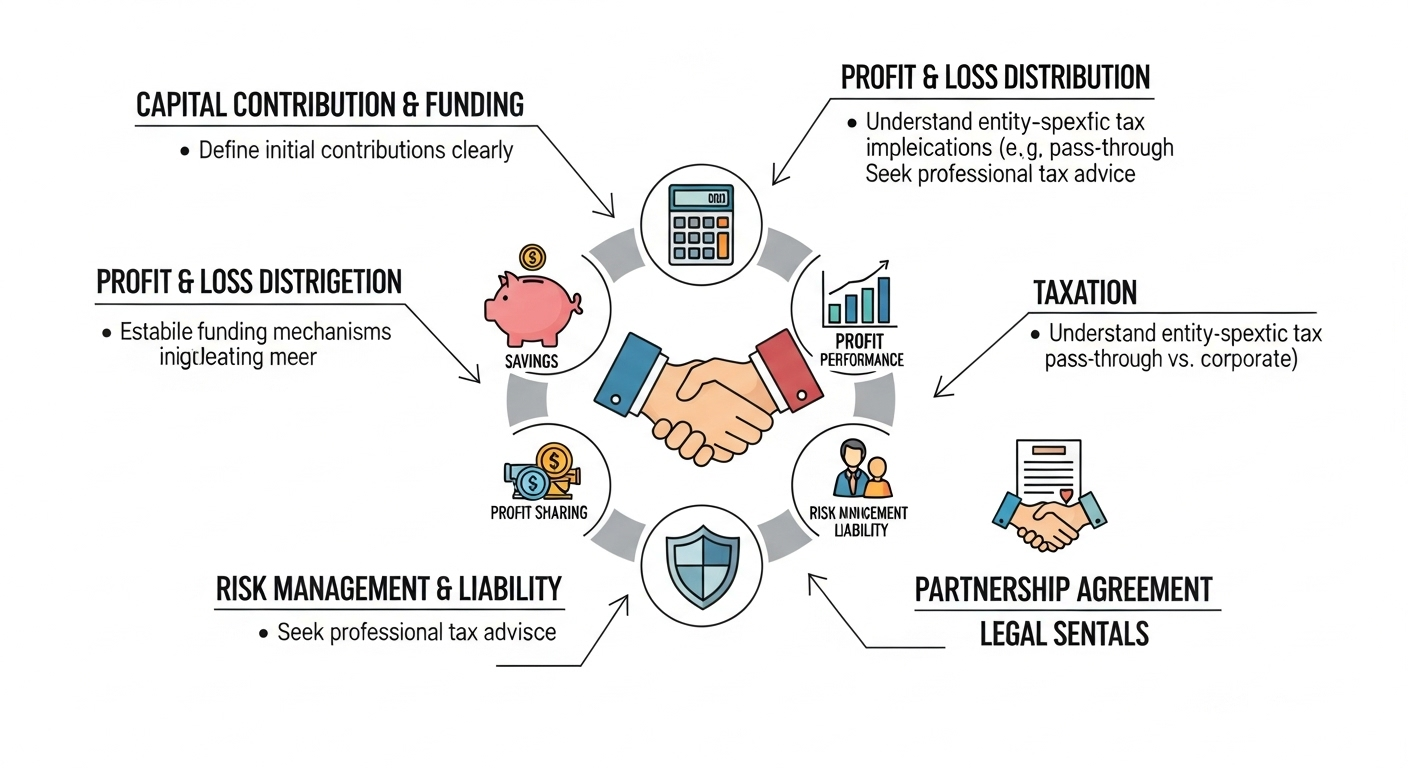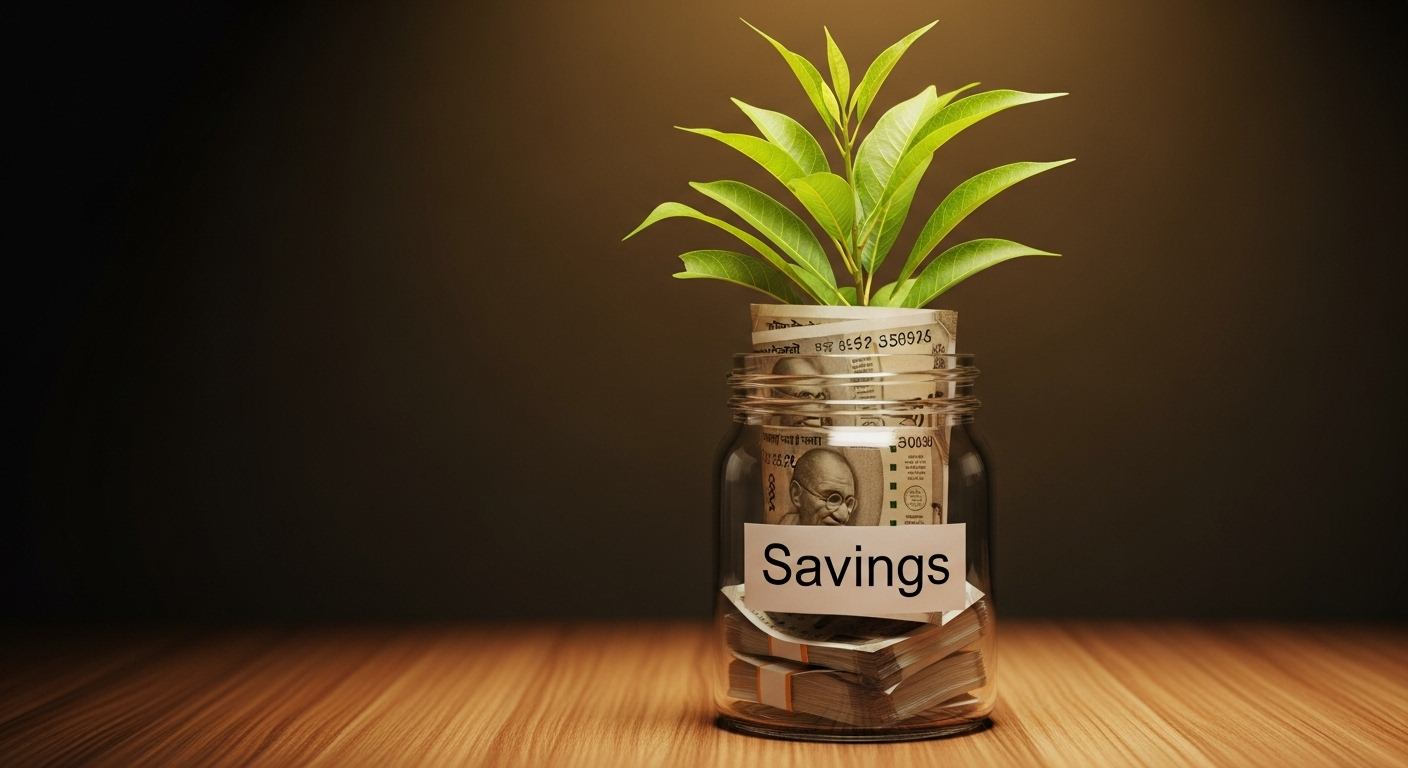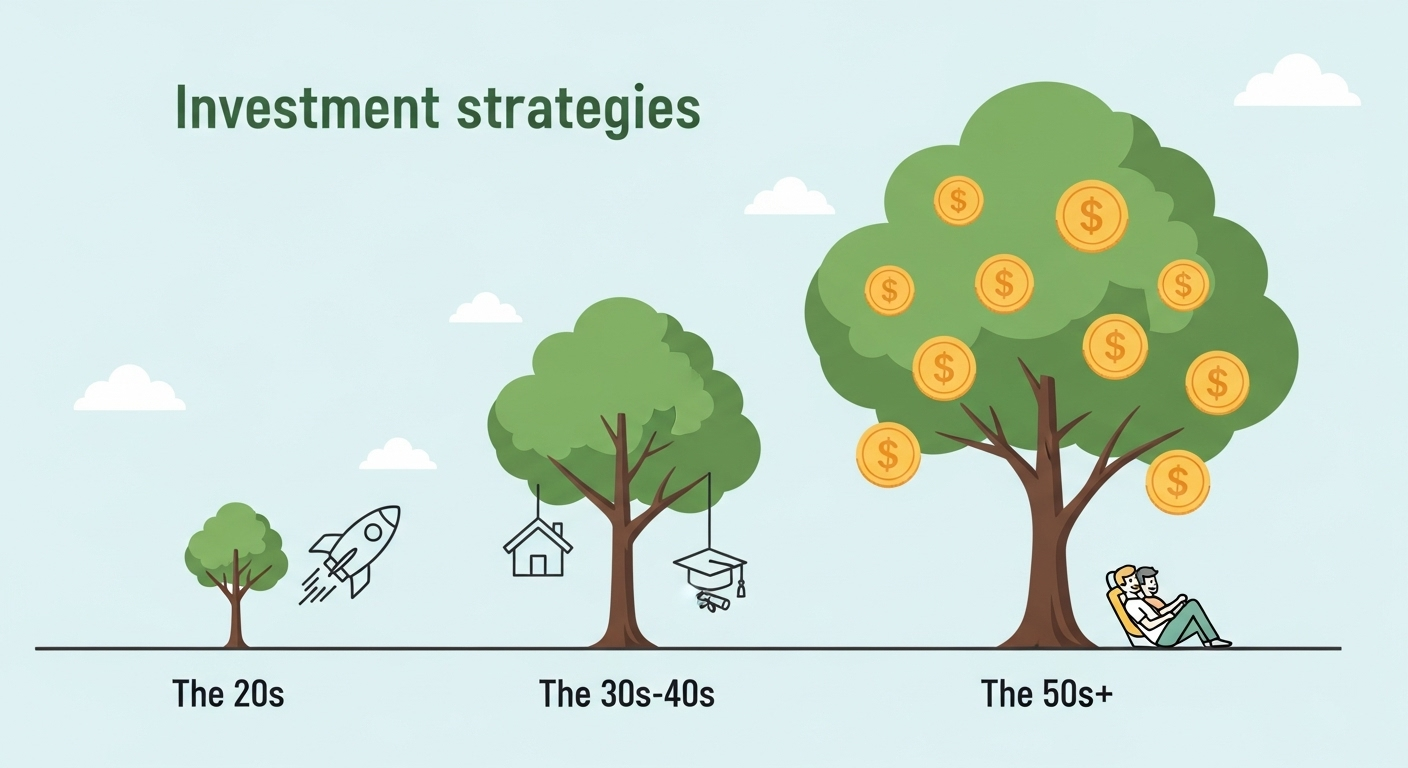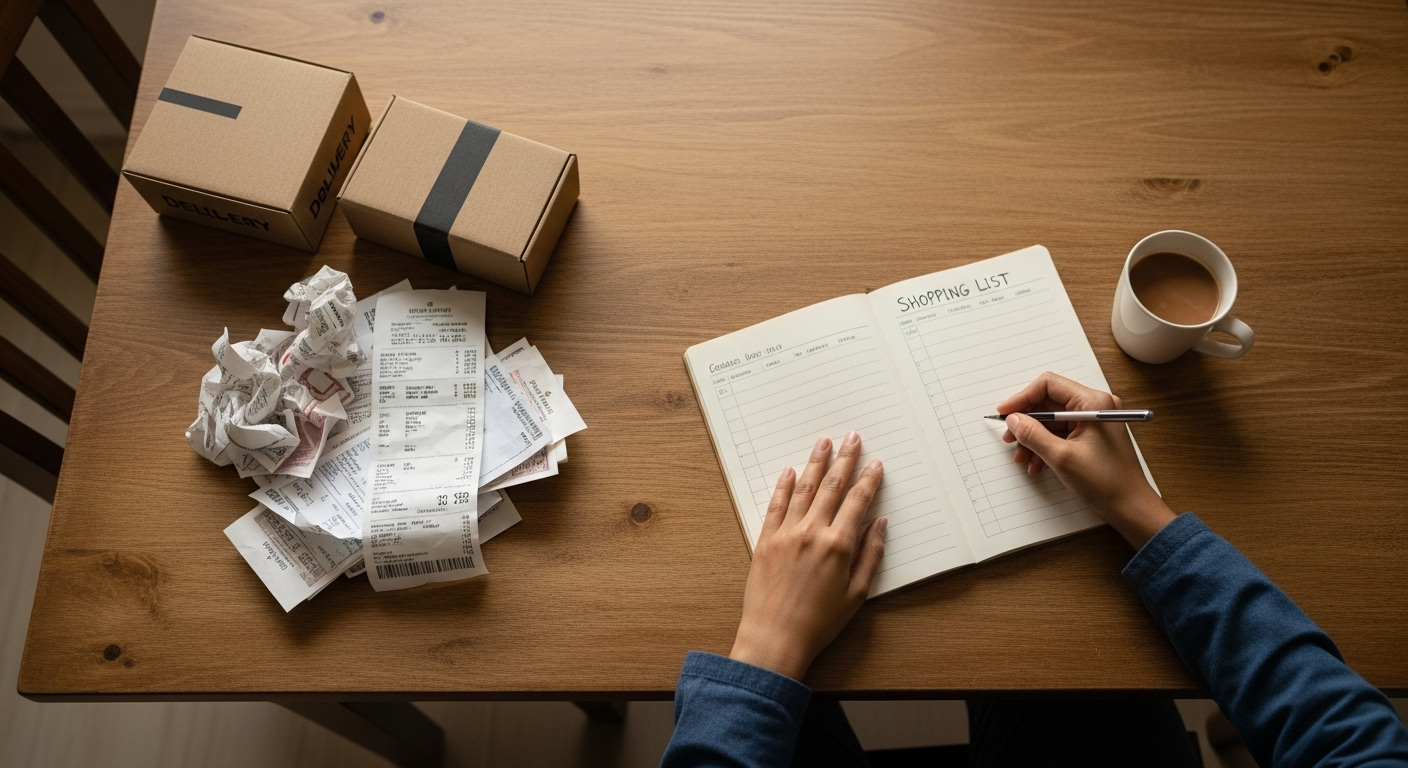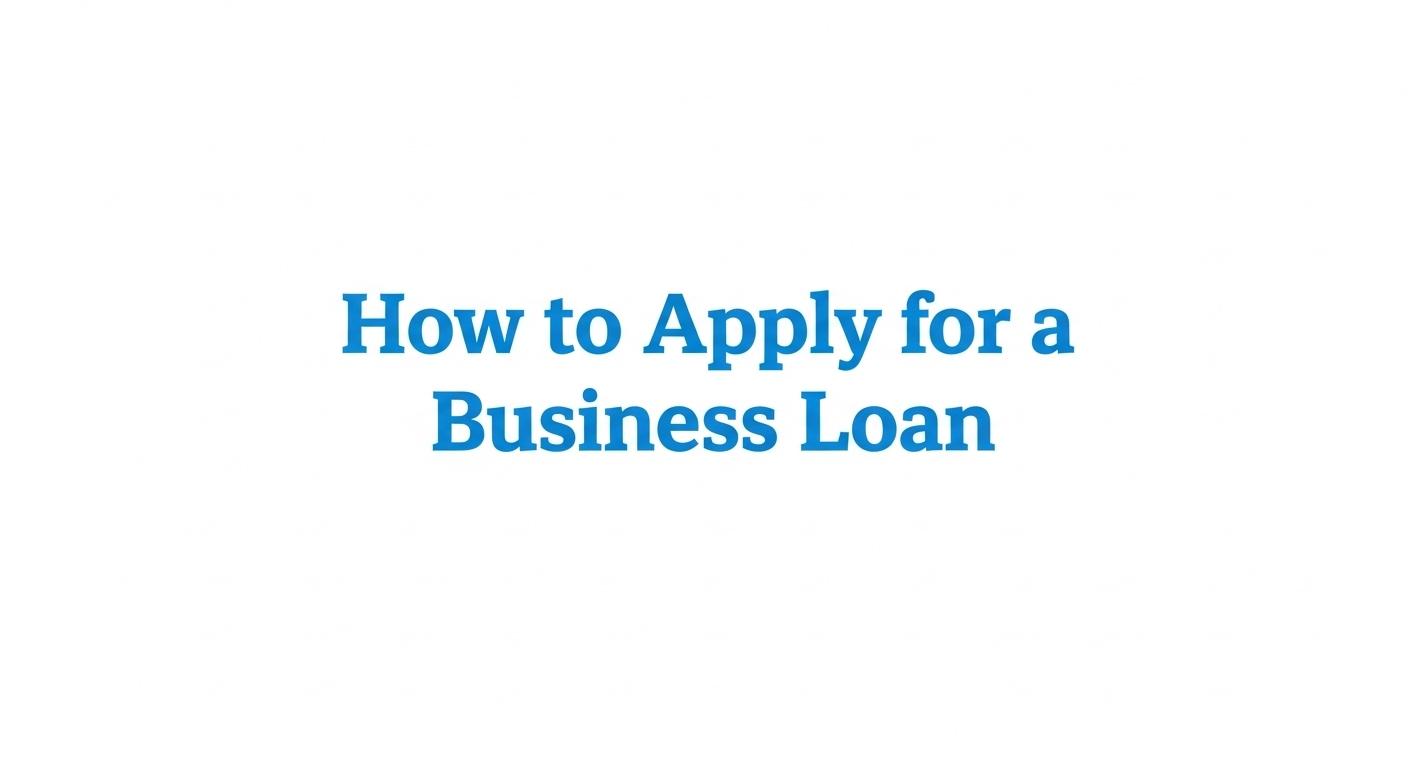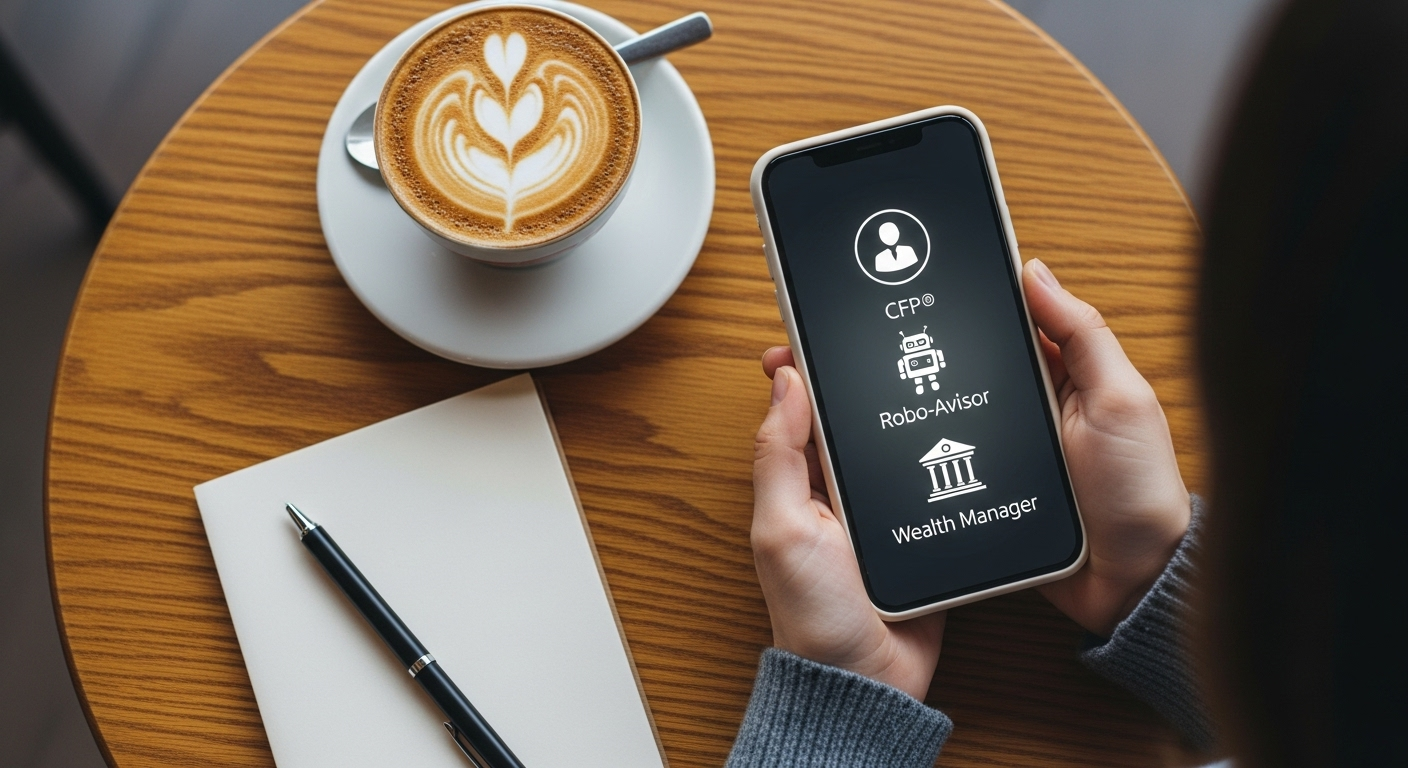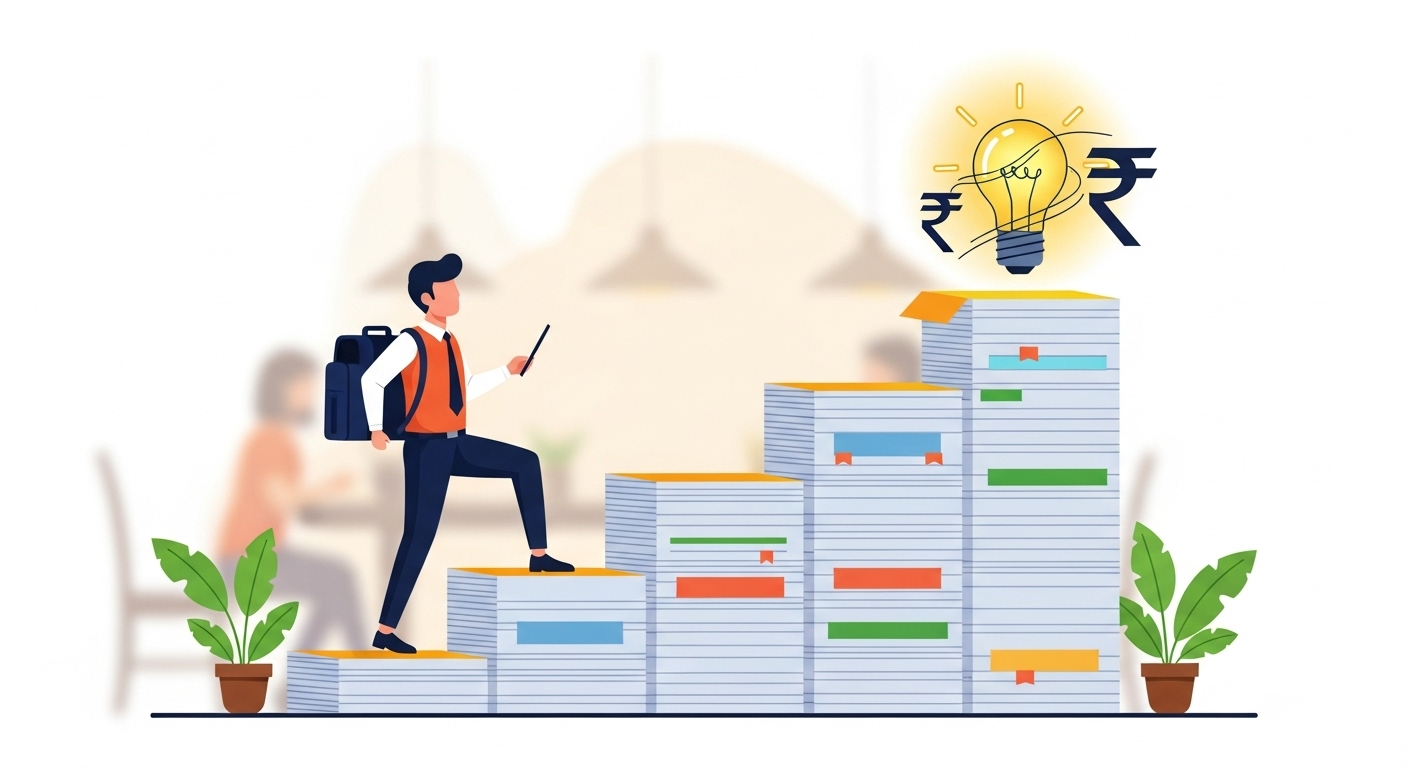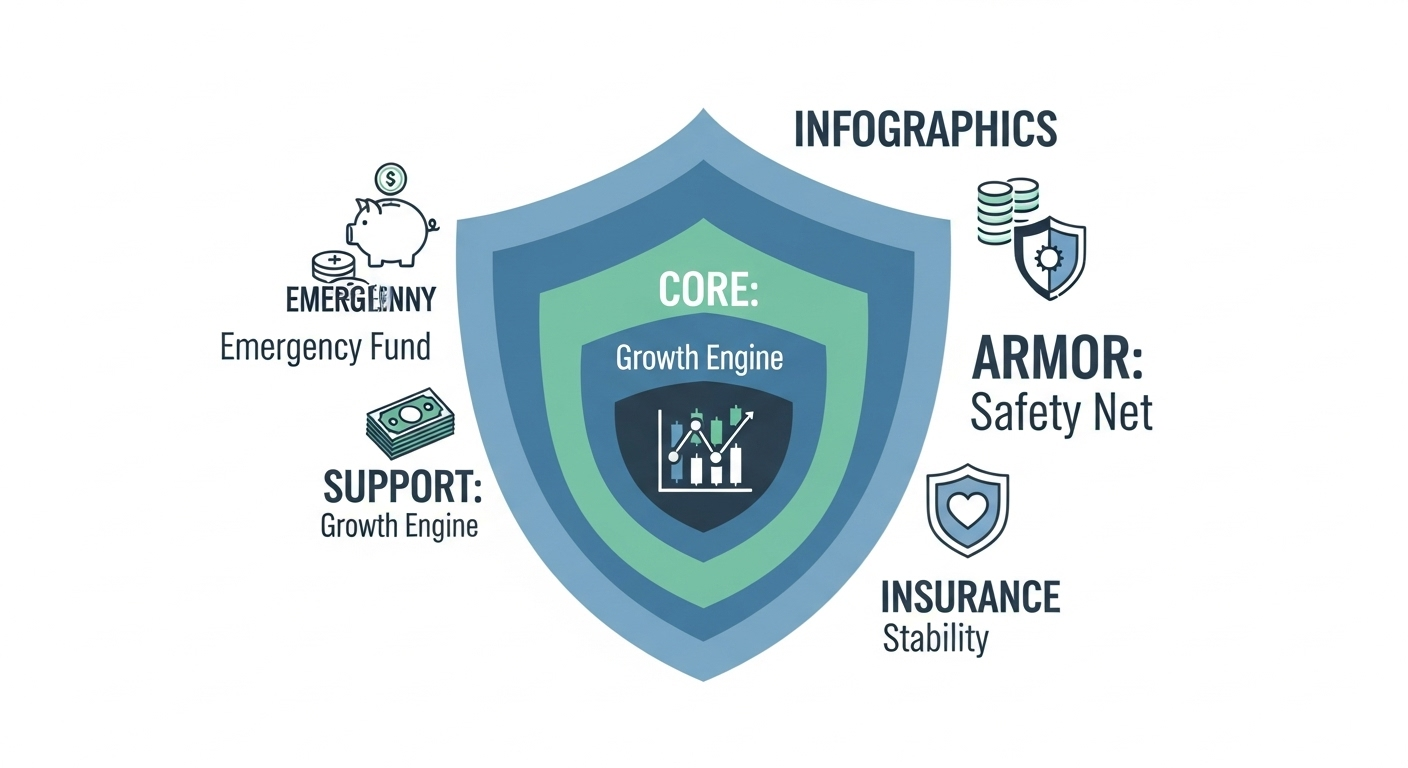
We Indians are experts at protecting things. We wrap our new remotes in plastic, put covers on our car seats, and my grandmother still uses a steel trunk that could probably survive a nuclear apocalypse. We understand the physical act of safeguarding what’s ours. And when it comes to money, that instinct often translates into one thing: the beloved Fixed Deposit.
I remember my uncle, a wise and wonderful man, beaming with pride as he told me his entire life’s savings were, in his words, completely safe in FDs. No risk. Guaranteed returns. He saw it as the ultimate financial fortress.
But here’s the scary part, the part that no one really talks about over chai and samosas. While he was protecting his money from thieves, a silent, invisible pickpocket was robbing him blind every single day. Its name? Inflation.
Thinking about how to protect your savings isn’t about finding the strongest lock. It’s about understanding the real threats. And the biggest threat isn’t market crashes; it’s your money slowly losing its power to buy you things. It’s a bit of a mind-bender, but once you get it, you’ll never look at your money the same way again.
Meet the Real Villain: The Slow Puncture of Inflation
Let me be brutally honest. Parking your money in a savings account or a Fixed Deposit right now is like storing water in a bucket with a tiny hole. You come back in a year, and sure, the water is still there, but there’s less of it. An FD that gives you a 6% return when inflation is at 7% means you’ve effectively lost 1% of your purchasing power. You got richer on paper, but you got poorer in reality. You can buy less with your money than you could a year ago.
Frustrating, isn’t it?
The first and most crucial step in any investment risk management plan is to accept this reality. The goal isn’t just to keep your money safe from loss; it’s to make it grow faster than the rate at which its value is evaporating. This means your money has to get off the sofa and get a job. It needs to work for you.
The Diversification Mantra: Don’t Build a Team of Only Virat Kohlis
Okay, so your money needs to work. The most common way to do that is by investing in assets like the stock market (equities) or real estate. But that sounds risky, right? And it can be, if you do it wrong.
I find this part fascinating. We instinctively understand diversification in other areas of life. A cricket team isn’t made up of 11 star batsmen. You need bowlers, a keeper, all-rounders. Each has a different role to play. A winning team is a balanced team.
Your investment portfolio is your financial cricket team. The concept is called a diversification of portfolio.
- Equity (Your Star Batsmen): This is your high-growth engine. Direct stocks or, more wisely for most of us, equity mutual funds. They have the potential to score big runs (high returns) but can also have bad days (volatility). They are essential for beating inflation over the long term.
- Debt (Your Reliable Bowlers): These are your stable players. Think of things like the Public Provident Fund (PPF), good old FDs (for liquidity, not growth), and debt mutual funds. They won’t hit a six, but they’ll consistently take wickets and defend your score, providing stability when the stock market is having an off day.
- Gold/Real Estate (Your All-Rounders): Assets like Gold (preferably through Sovereign Gold Bonds or ETFs) and Real Estate play a different role. Gold often does well when equities don’t. Real estate is a tangible, long-term asset. They add a different dimension to your team.
Protecting your money doesn’t mean avoiding all risk. It means balancing different kinds of risks so that a problem in one area doesn’t bankrupt your entire portfolio.
The Human Firewall: Avoiding Scams and Your Own Greed
Now for a different kind of protection. Protection from the people who want to cheat you, and sometimes, protection from ourselves. There will always be someone offering a supposed guaranteed 25% annual return or a so-called once-in-a-lifetime property deal. If it sounds too good to be true, it always, always is.
The financial world has a referee. In India, it’s primarily the Securities and Exchange Board of India (SEBI). They regulate investment advisors and mutual funds. Before you hand your money to anyone, do a basic check. Are they registered with SEBI? Does the investment scheme seem legitimate? Financial fraud is a serious issue, as often covered by media outlets like NDTV. A little bit of due diligence goes a long way. Explore tips for smart financial living at liittlewonder.com.
The other part of this is managing your own emotions. Don’t panic and sell everything when the market dips. And don’t get greedy and throw all your money into one hot stock. A disciplined, systematic approach (like a SIP) is your best defence against emotional decision-making.
Your Ultimate Protection: The Emergency Fund and Insurance
Wait, there’s one more layer. And it’s the most important one. Actually, I think it’s the foundation of everything. It’s the moat around your financial castle.
What happens if you lose your job or face a sudden, massive expense? If you don’t have a cash reserve, you’ll be forced to sell your long-term investments, probably at the worst possible time, to cover the cost. This is how people destroy years of disciplined investing in a single moment.
You protect your investments by having a dedicated emergency fund. This is 6 to 12 months’ worth of your essential living expenses parked in a highly liquid, safe place like a savings account or a liquid mutual fund. It’s your break-glass-in-case-of-emergency money. It’s boring, but it’s the guardian of your real investments.
And alongside that? Insurance. A good health insurance policy ensures a medical crisis doesn’t become a financial crisis. A term life insurance policy ensures your family is protected if you’re not around. Insurance is the firewall that stops life’s disasters from burning down your financial house. Building resilience is a skill, and you can explore more on that topic over at Liittle Wonder.
FAQs That Keep You Up at Night
But aren’t Fixed Deposits (FDs) the only truly safe investment options?
They are safe from the risk of default (the bank is very unlikely to lose your money), but they are not safe from the risk of inflation, which silently eats away at your purchasing power. They are one of the riskiest places to park your long-term money if your goal is to grow your wealth. Their real job is to provide short-term stability and emergency liquidity, a role they are excellent at.
How much should I actually have in my emergency fund?
A good rule of thumb is to have at least six months’ worth of your mandatory living expenses. This includes your rent/EMI, utility bills, groceries, insurance premiums, and transportation. Calculate this amount and keep it in a separate, easily accessible savings account. It might take time to build, but it’s the most important financial goal you can have.
Is buying physical gold a good way to protect my investments?
Gold can be a good diversification tool, but buying physical gold comes with its own issues like storage costs, security concerns, and making charges (on jewellery). For investment purposes, it’s far more efficient to consider Sovereign Gold Bonds (SGBs) issued by the RBI, which have no storage risk and even pay a small interest. They offer a much smarter way to add gold to your portfolio.
There’s so much to do. What is the single most important first step to protect my money?
If I had to pick one thing, it would be this: ensure your insurance is adequate. Check your health and life insurance coverage. A small premium paid every year can protect you and your family from a massive, unexpected financial shock. It’s the foundational layer of protection that allows you to take calculated risks with your investments confidently.


